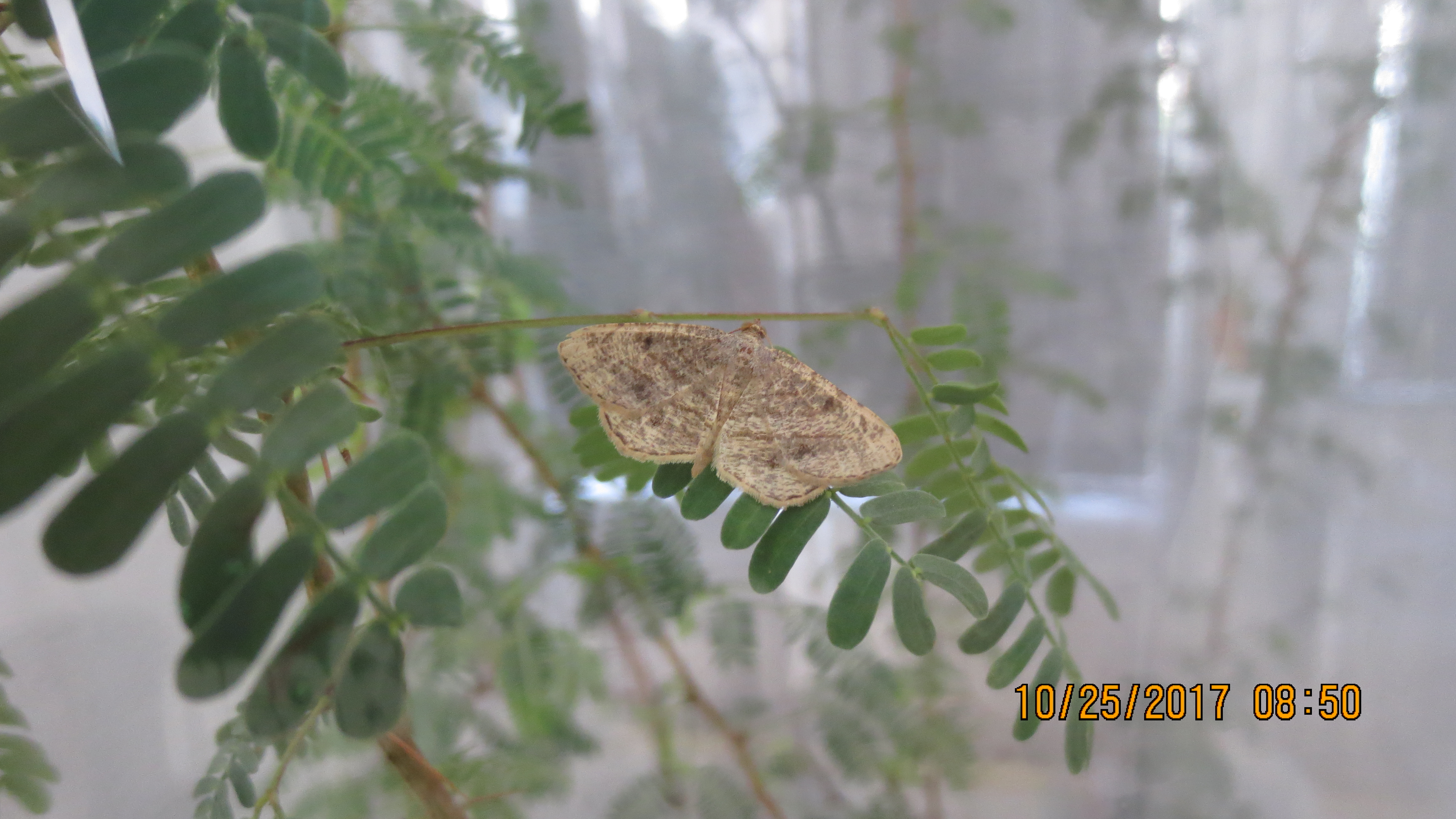
Tags
BIOLOGICAL CONTROL OF ACACIA NILOTICA SUBSP. INDICA BY USING BIO AGENT CHIASMIA ASSIMILIS (WARREN)
Content Language : English

The invasion of Acacia nilotica in Baluran National Park is threatening the integrity of
the savanna ecosystems, the greater portion of the park. Recent works on the mechanical and chemical controls by cutting A.nilotica trees with a chainsaw and brusing the left stump with triclopyr (5-10% GARLON dissolved in diesel oil) killed the treated trees. When this is
preceeded by spraying triclopyr ( GARLON 2 lt/ha in 400 l of water mixed with 2% Agristick
an adjuvant) the broadleaved weeds and sapplings, poles and smaller trees of A.nilotica and
Azadirachta indica, will be controlled that helps to recover the domination of grasses in the savanna. However the seed bank of A.nilotica in the soil still has to be addressed acordingly. Application of herbicides to control seeds under the soil is difficult beside a possible
environmental problems related to residual herbicides. Therefore, a set of research works on biological control of A.nilotica using Chiasmia assimilis to overcame the ever emerging seedling from the seed bank of A.nilotica were proposed. The biocontrol agent was imported from Australia, and reared at the laboratory of BIOTROP for further works on host specificity
testing to estimate the host range of C.assimilis. According to a recent review genus Acacia being polyphyletic is split into new 5 genera, and Acacia nilotica was not anymore an Acacia but Vachellia nilotica, taxonomically far from current genus Acacia, which was previously called Phyllodiniae. The Australian imported C.assimilis, the biocontrol agent, from Kenya
collected C.assimilis from A.nilotica subsp. leiocarpa and A.nilotica subsp. subalata. and from South Africa collected from A.nilotica subsp. kraussiana although A.nilotica subsp. subalata and A.nilotica subsp, leiocarpa were around and attacted the same C.assimilis. However colony of C.assimilis imported from Kenya did not establish in Australia, while that from South
Africa established immediately and showed a significant impact by defoliating A.nilotica
extensively in the northeat of Queensland state. This is the type of C. assimlis imported by BIOTROP to Indonesia. When tested on 60 plant species with host specificity testing with and without choices proved that host range of C.assimilis in Indonesia was very narow in fact it
was able to complete its life cycle only on A.nilotica. It is expected that with this result
C.assimilis is allowed to be released in the field by the the Minister of Agriculture of Indonsia.
Attachments

This work is licensed under a Creative Commons Attribution-NonCommercial-ShareAlike 4.0 International License.
